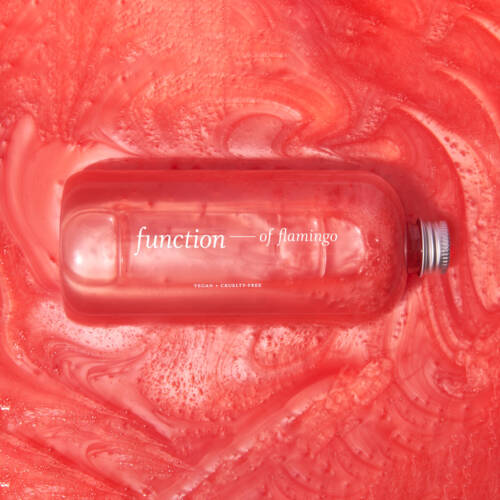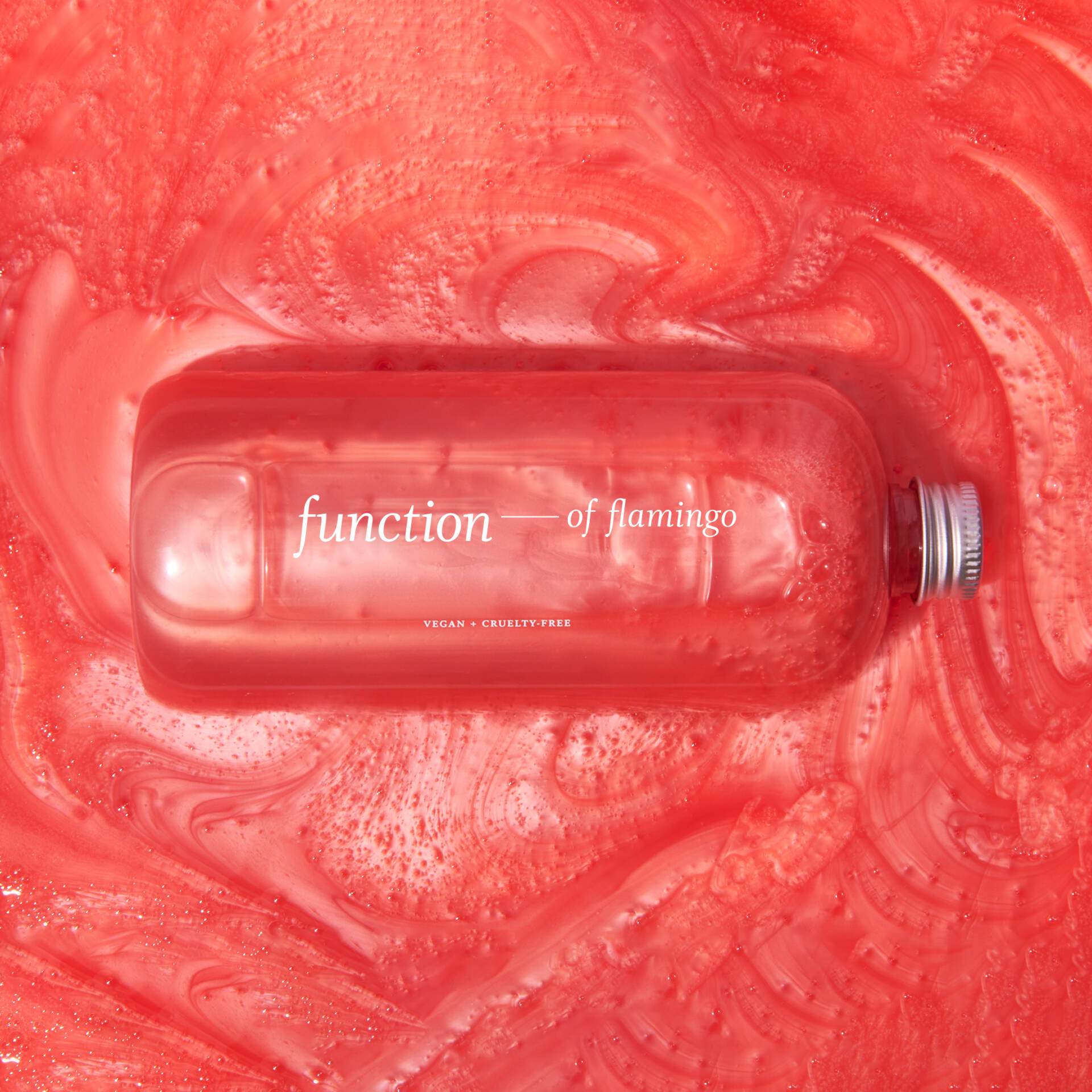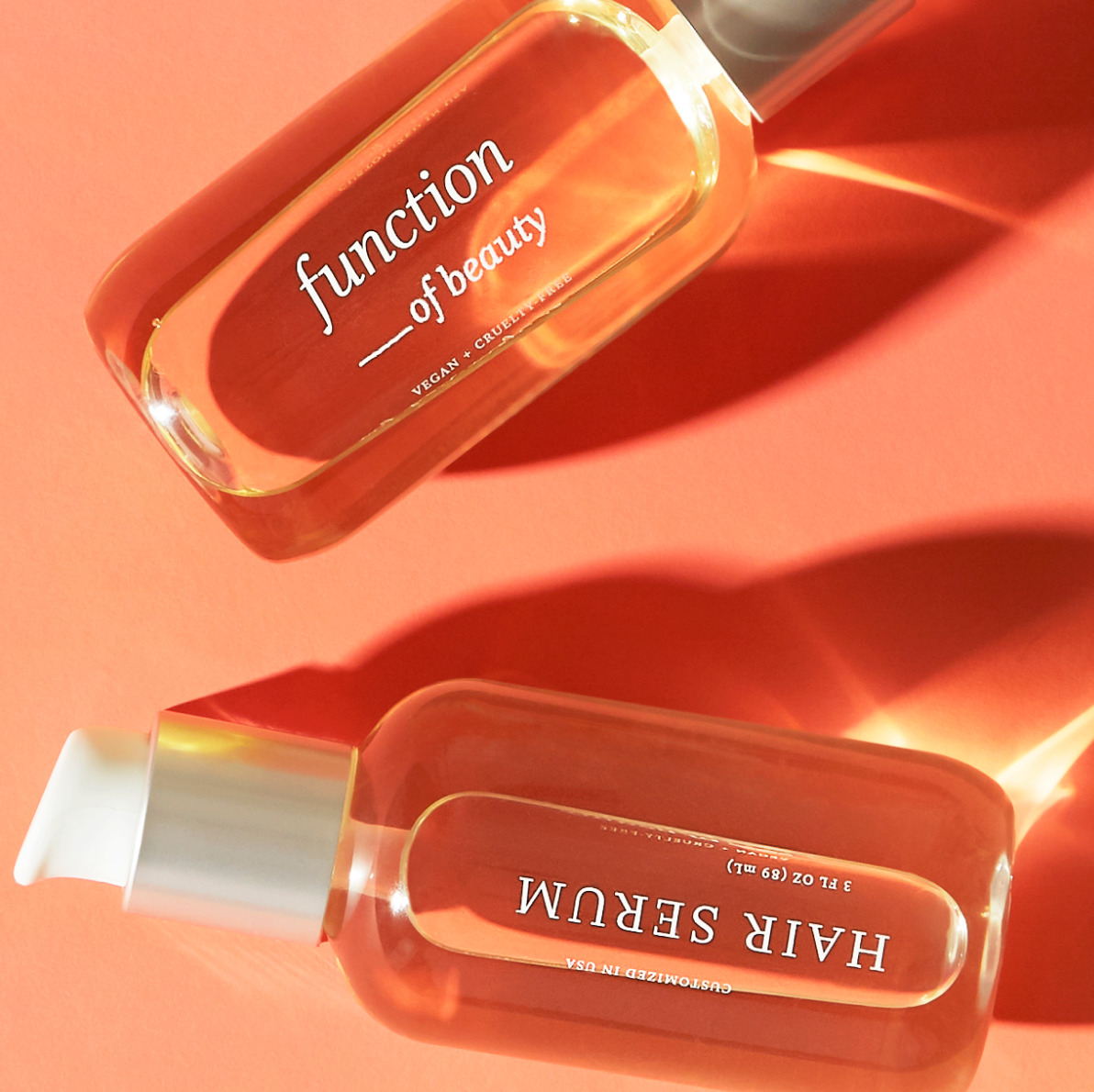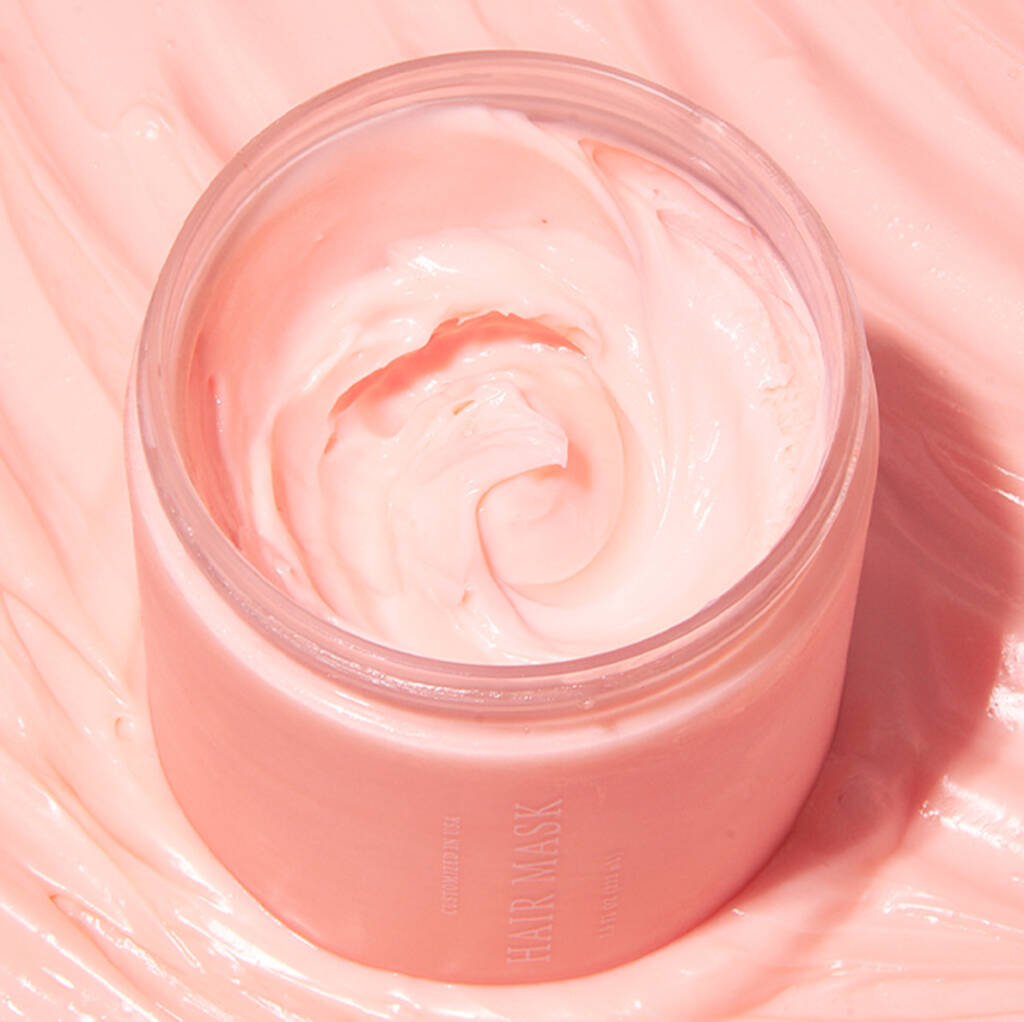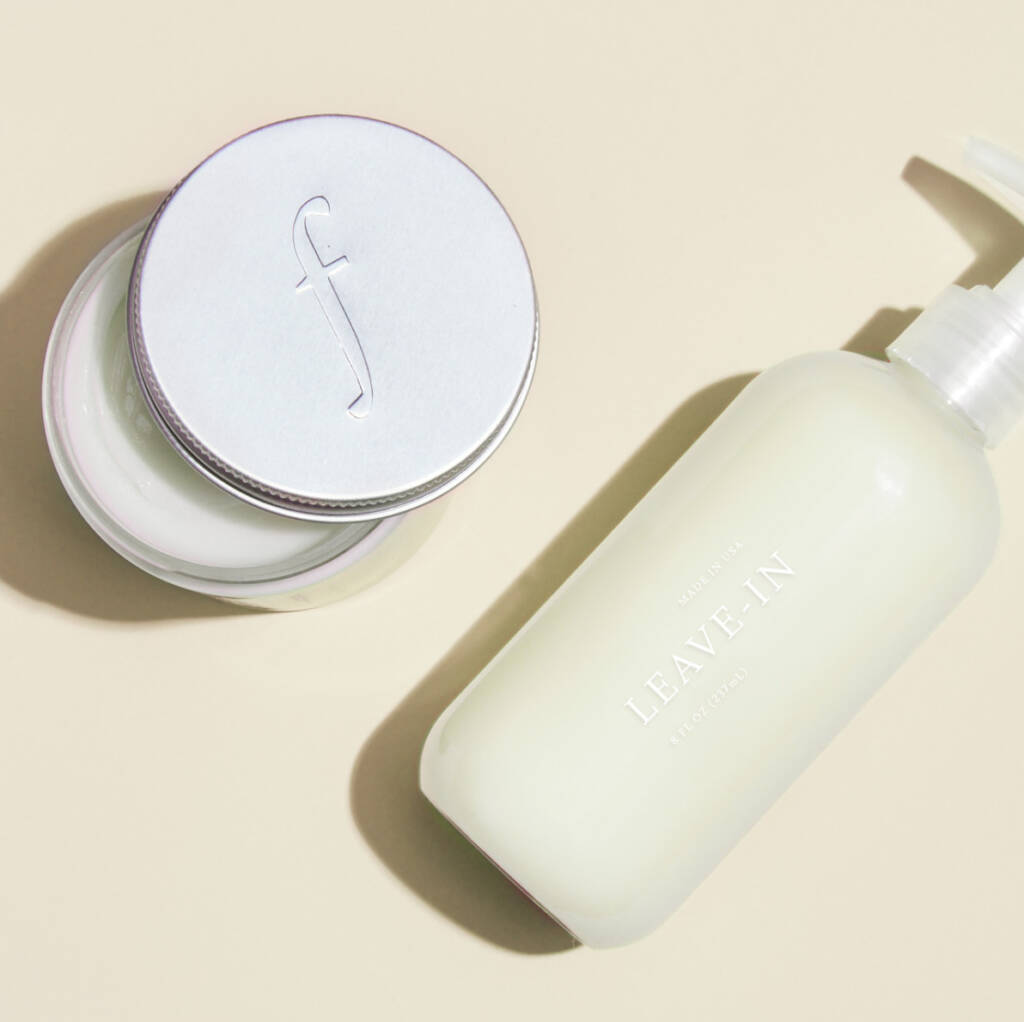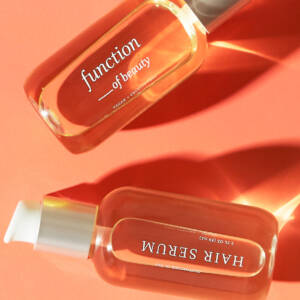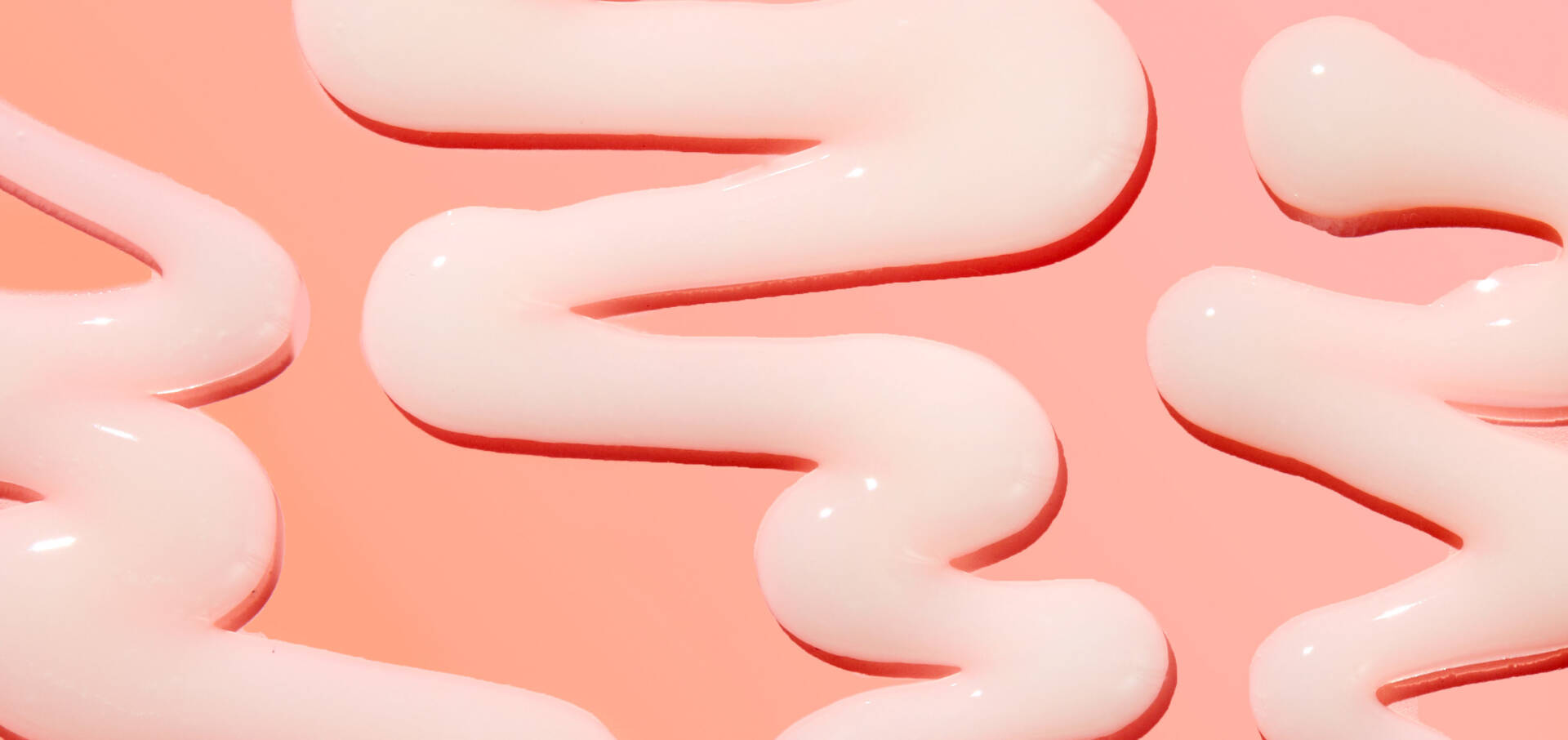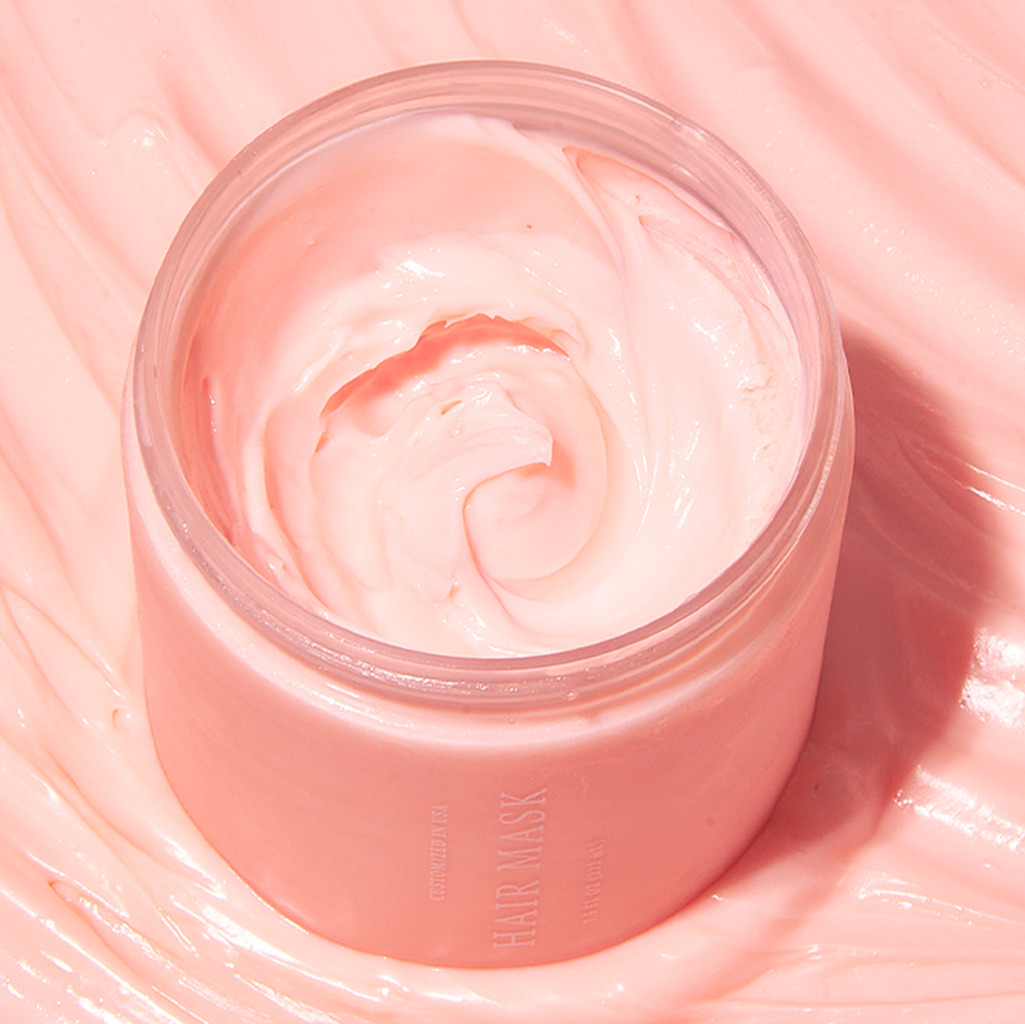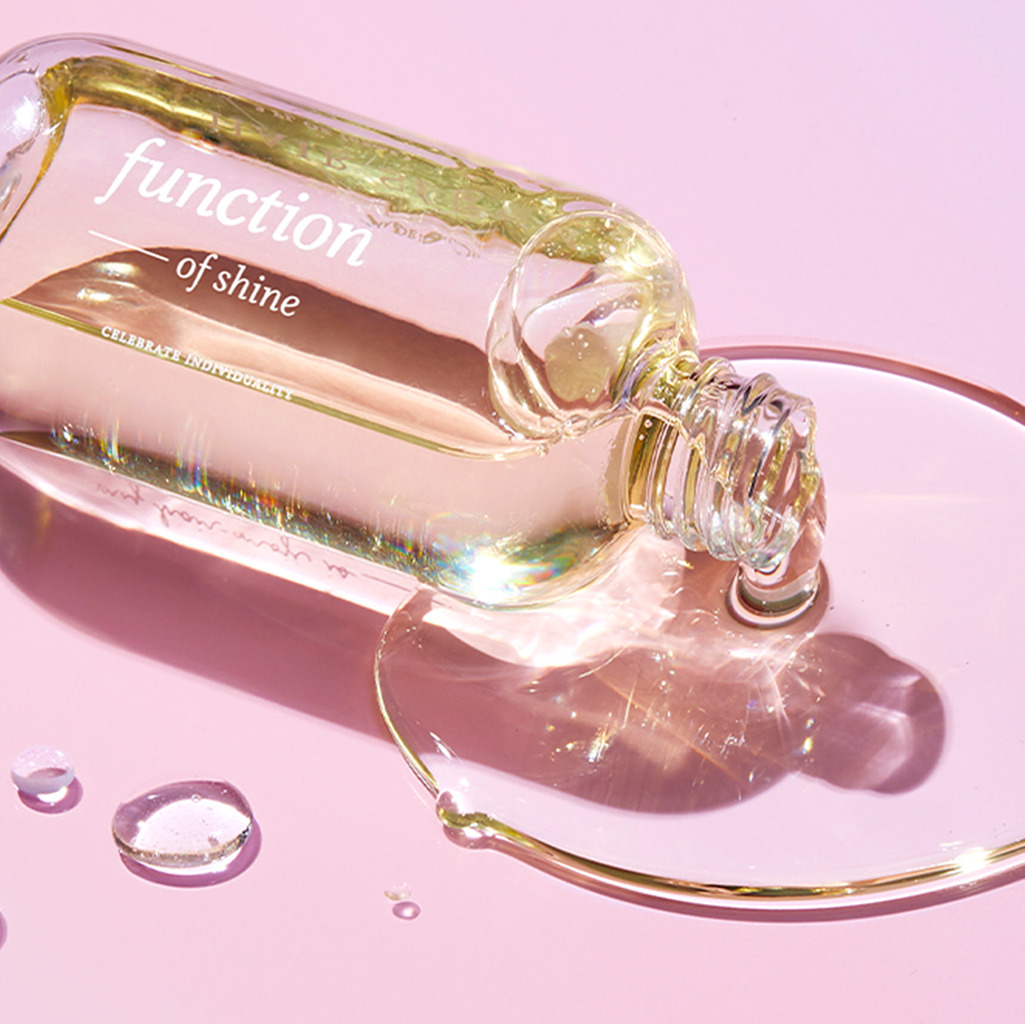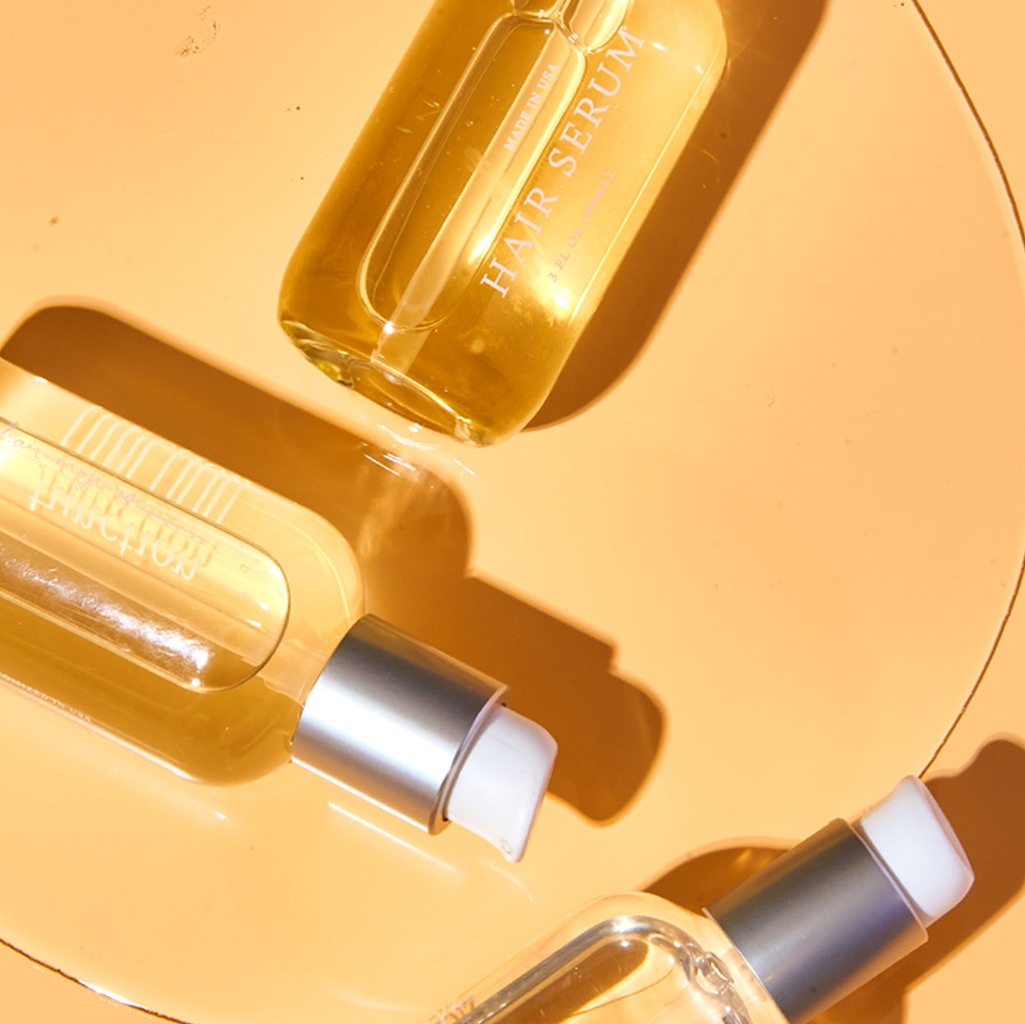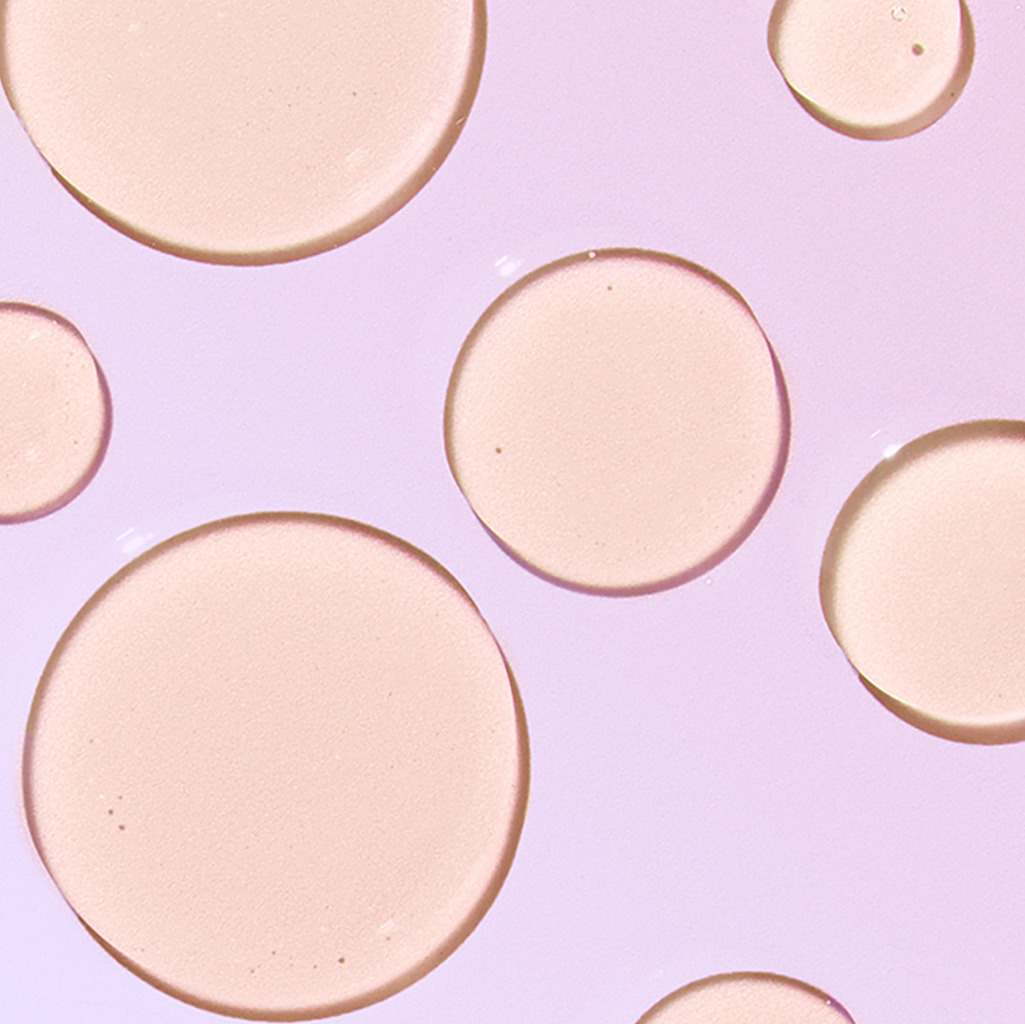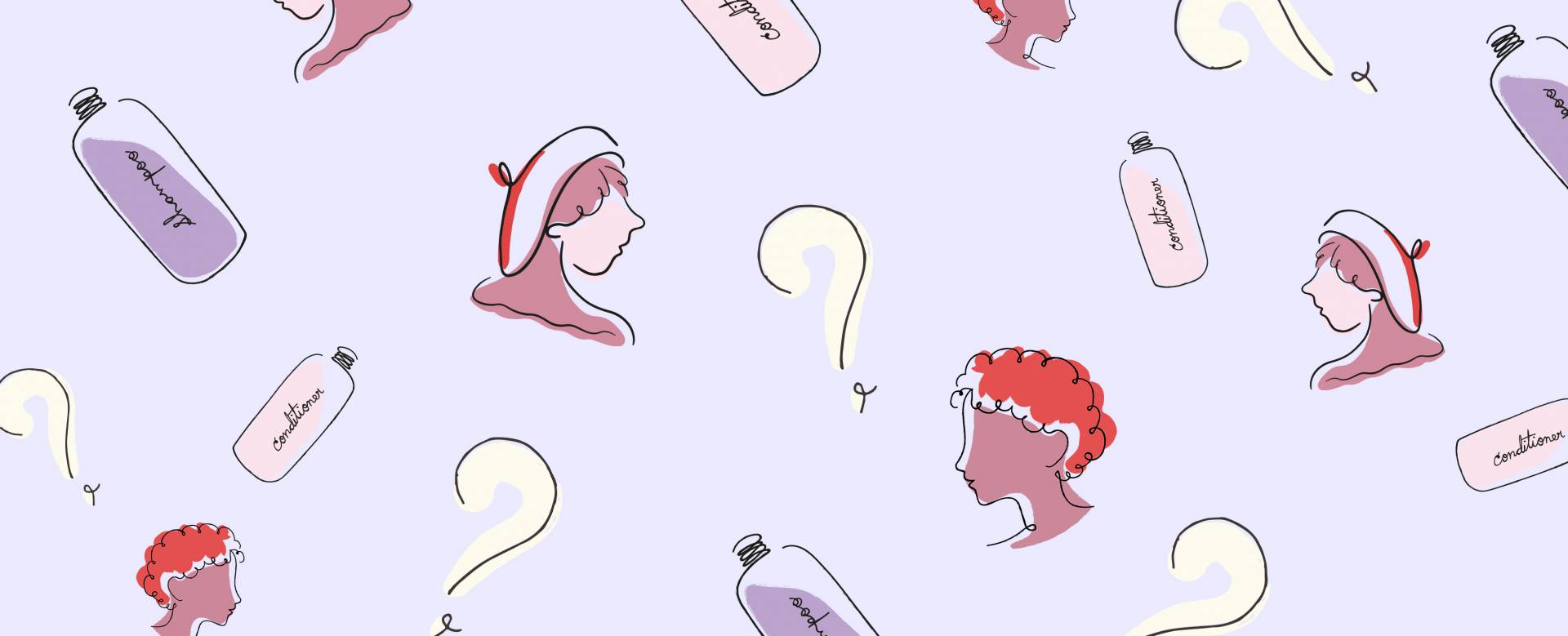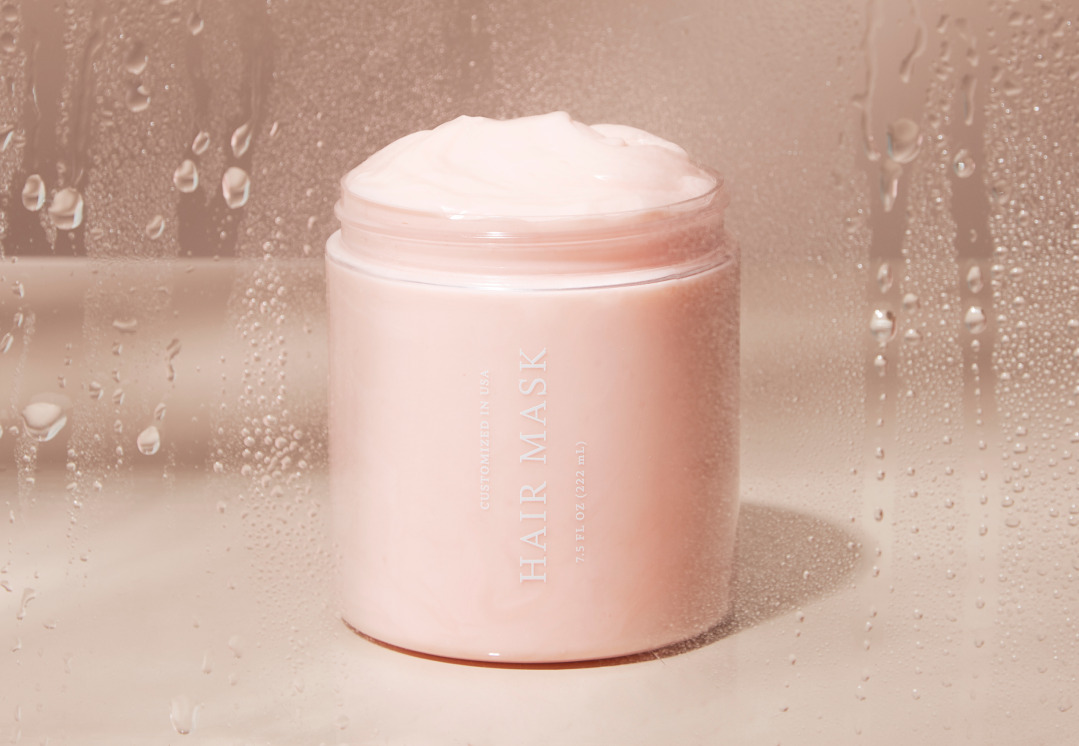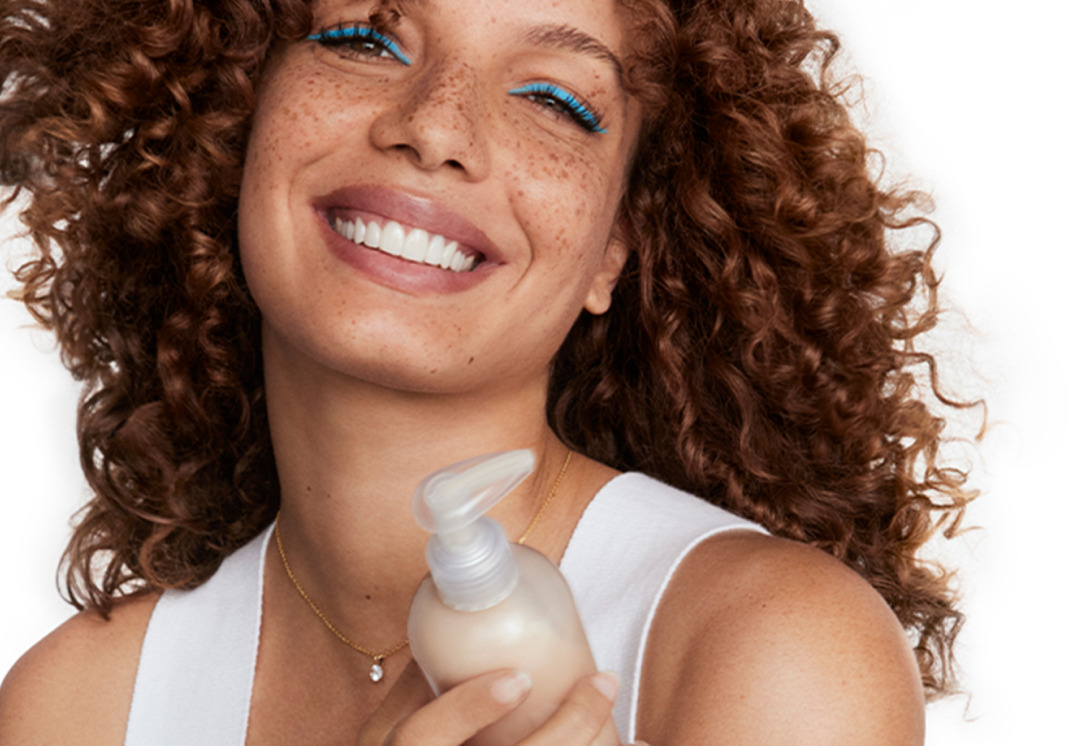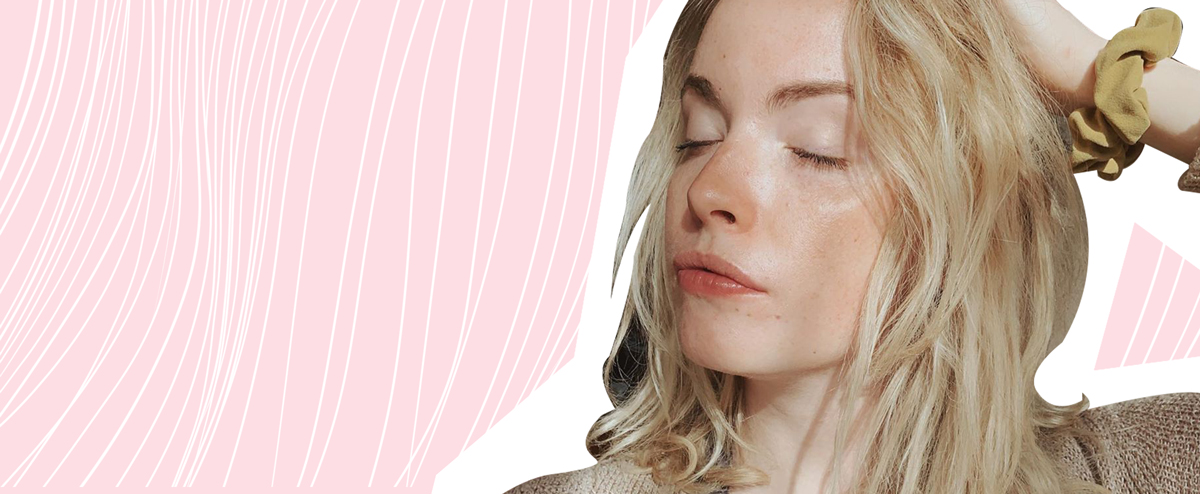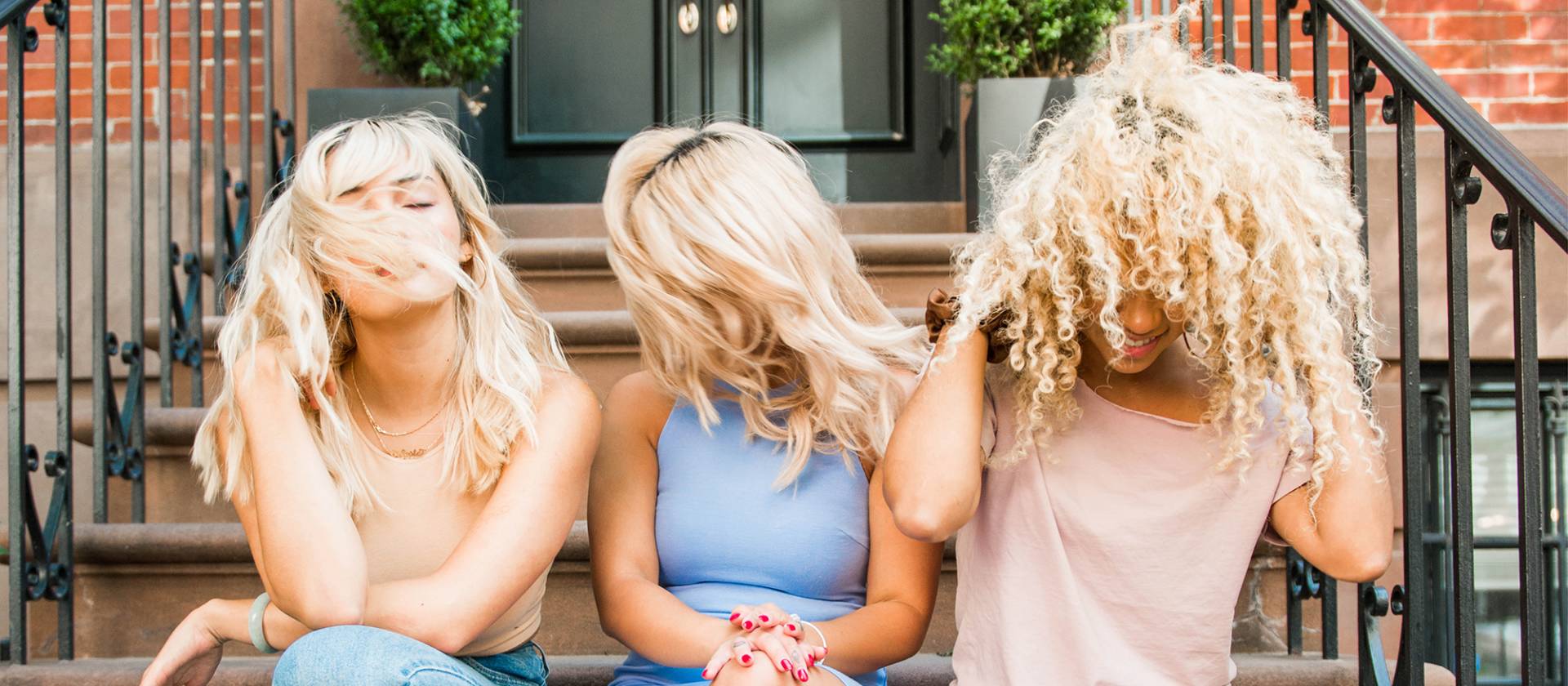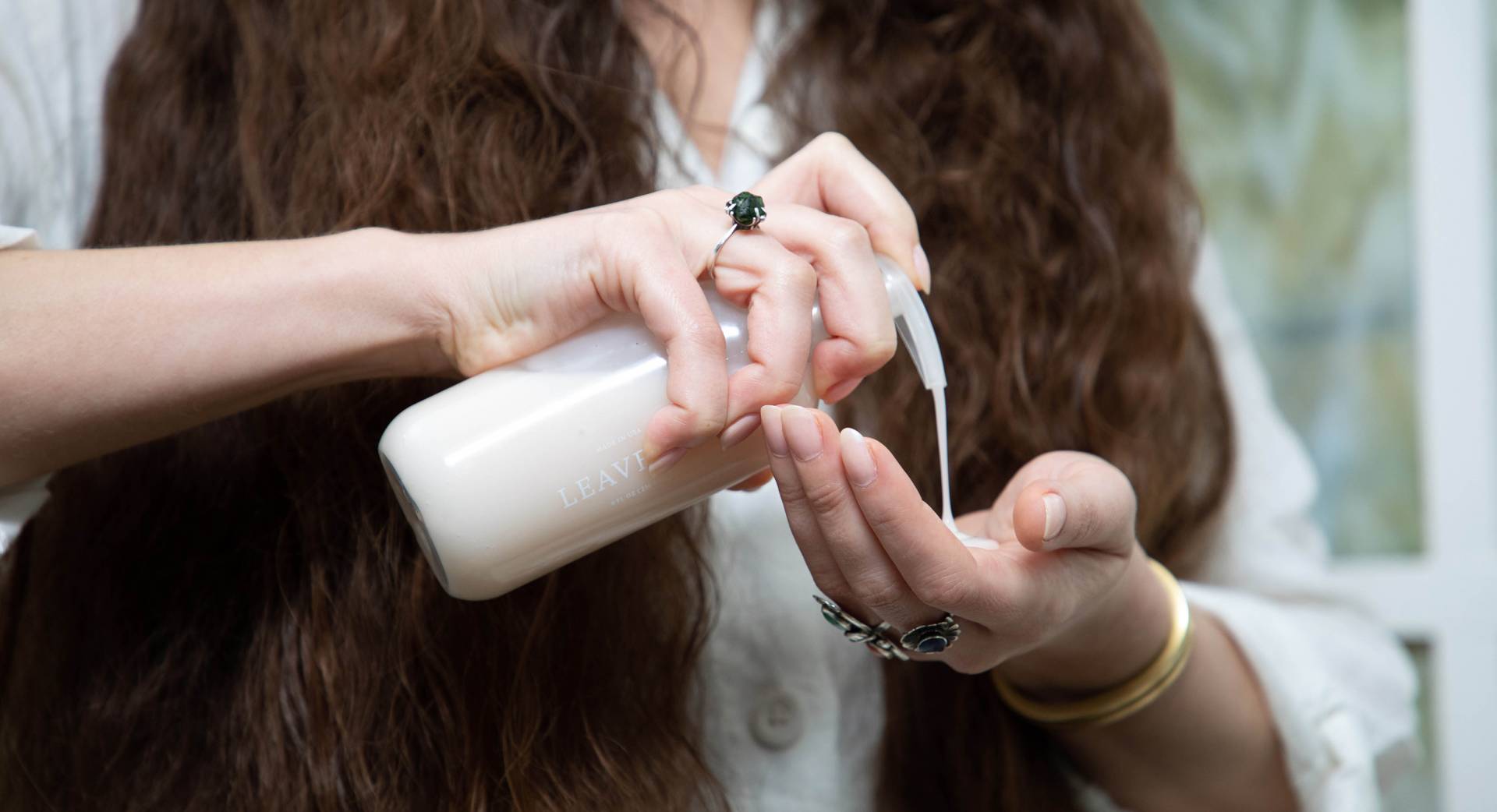Disclaimer: The information provided is not intended as medical advice. For any medical concerns, always contact your doctor.
Having hair that looks full and luscious is the ultimate hair goal, especially if your hair is anything but. Because when it comes to hairstyles, like most things in life, we tend to crave what we don’t have. So for those of us with ultra-fine hair, having thick, bouncy, voluminous manes is typically at the top of our wish lists.
Unfortunately, as anyone with baby-fine hair will tell you, achieving even the slightest bit of body and volume can feel like a near-impossible task. Trust us — we’ve been there. That’s why we tapped our team of in-house hair care experts to give us the scoop on quick and easy hacks for how to make hair thicker. And trust us when we say that these six tips can make all the difference for those of us with thin hair. Let’s get started!
1. Get frequent trims

Have you ever noticed that your hair strands always seem a bit thicker on the days immediately following a haircut? That’s because even the slightest trim can help even out your hair and remove unwanted split ends, making hair look fuller and healthier.
We recommend getting a trim every six to eight weeks to ensure your ends stay well-maintained, giving you healthier hair.
Pro tip: Here are 3 tips for cutting curly hair.
2. Reconsider your cut

Speaking of frequent trims, if you’ve been struggling to make your long, thin hair appear fuller, a quick fix for how to make hair thicker may be reconsidering your length. While long hair certainly has its perks (dramatic hair flip, anyone?) longer hairstyles tend to weigh the tresses down, making your hair goals that much harder to achieve. Opting for a short, blunt cut can actually help add body, volume, and fullness to your natural hair.
The next time you go to your hairstylist, ask about ditching some of your length in favor of a super trendy bob or lob cut. Shorter styles add instant thickness and body to otherwise limp, thin hair while also ridding your mane of unwanted breakage and damage. Double win!
3. Cleanse and condition the right way

As if dealing with thin hair wasn’t challenging enough, it’s no secret that these hair types also tend to become greasier faster than others. That’s because the shaft of fine hair tends to be smoother and less porous, which allows natural oils to sit more visibly on top of the hair. To help combat this and promote the feeling of hair thickness, we recommend focusing your shampoo on the roots where these oils tend to collect and build up.
For an extra boost toward fuller hair, opt for a volumizing shampoo. Function of Beauty offers a custom strengthening, lengthening, sulfate-free shampoo and conditioner that can also assist with oil control (and other beauty goals you might have).
Even with a well-balanced shampoo, the approach to how to make hair thicker, the answer isn’t necessarily shampooing more often. That can dry out your locks and cause damage instead of hair thickening. Stick to sudsing the roots of your hair and then, apply your conditioner strategically. Avoid conditioner on your scalp, as it can weigh down your hair and make thin hair appear even less full. Instead, use just enough to coat the strands from the mid-shafts to the tips to keep your hair looking fresh and voluminous up top.
Pro Tip: Find out how often you should wash your hair.
4. Choose better styling products

If you’ve ever experimented with a DIY coconut oil treatment or a rich, moisturizing mask, you may have noticed how heavy and flat your hair felt afterwards. That’s because ultra-thick hair oils and styling creams typically aren’t the best options for those with fine or thinning hair. Though they hydrate locks and may prevent hair breakage, some oil-based hair products can weigh your delicate hair down, causing it to look limp and greasy — definitely not like the fuller, healthier hair of your dreams.
You don’t have to give up on hair care products in order to achieve the look of thicker hair. Instead, we recommend sticking to those that offer “hold” and “texture,” like a non-aerosol dry shampoo, sea salt spray, texturizing mist, or volumizing mousse. Not only are they light enough for your thin strands, but they can also give the appearance of thicker, fuller hair by coating the hair shafts in polymers, which can create a hair thickening effect.
Of course, thin hair needs moisture and care, too! When you feel the need for an extra dose of hydration, shine, or thermal protection, we’ve got you covered.
Our leave-in treatment, though rich and nourishing like a styling cream, is also fully customizable according to your natural hair type. This means that those dealing with fine tresses, hair thinning, or even hair loss can reap its restorative benefits without the risk of any buildup or residue.
5. Play with your part
Okay — hear us out. We know it sounds simple, but switching up the way you part your tresses is actually one of the easiest ways to promote the look of fuller hair. Tend to opt for a straightforward middle part? Try a hairstyle with a deep side part for an instant dose of body and volume.
If you’re already parting to the side, flip your perspective and part on the other side. The change can have a lifting effect on the strands that are normally pressed down, creating the look of fuller hair in only a few minutes. Then, just sit back and collect the many compliments you’ll receive using this healthy hair trick.
Pro Tip: Read this guide to caring for fine hair.
6. Rethink the heat

We all know that heat styling isn’t the best thing for our hair health. But let’s be honest — sometimes, we just need a blow dryer to give us that sleek, polished, thick hair look that’ll get us through the week. That said, if you’re pondering how to make hair thicker, you may want to reconsider your hot tool usage — especially if a flat iron is involved. While they’re great for shiny, smooth hairstyles, they can also cause your hair to appear flatter and thinner, which is the opposite direction of your quest for fuller hair.
You don’t have to ditch your flat iron, though. Try using it to create sleek, beachy-style waves, which will not only give your strands some extra width but will also add dimension and texture so that hair appears fuller. Even better, allow your hair to air dry naturally to enhance your hair’s natural texture before finishing it off with a few spritzes of texturizing sea salt spray. Remember to protect your hair health when using hot tools: to avoid split ends, try using a heat protectant spray or hair serum that fights off heat damage.
Easy Solutions for How to Make Hair Thicker
While we’d like to think of ourselves as hair miracle workers, we’re not physicians and we can’t give advice on medical conditions like hair thinning, alopecia, or baldness. We’d definitely recommend a doctor or dermatologist for that. But we can help you on your mission to find out how to make hair appear thicker, fuller, and more voluminous.
Getting more frequent trims, changing up your haircut, using a thickening shampoo, choosing pro-volume hair styling products, switching your part, and trying out new styles with hot tools are easy hacks for how to make hair thicker — or at least look like it is.
Are you ready to inject some healthy body into your hair strands? Do you also want to preserve your hair color, fix split ends, and add curl definition at the same time? Find the perfect shampoo and conditioner for your fine hair and personal beauty goals by taking our hair quiz here!
